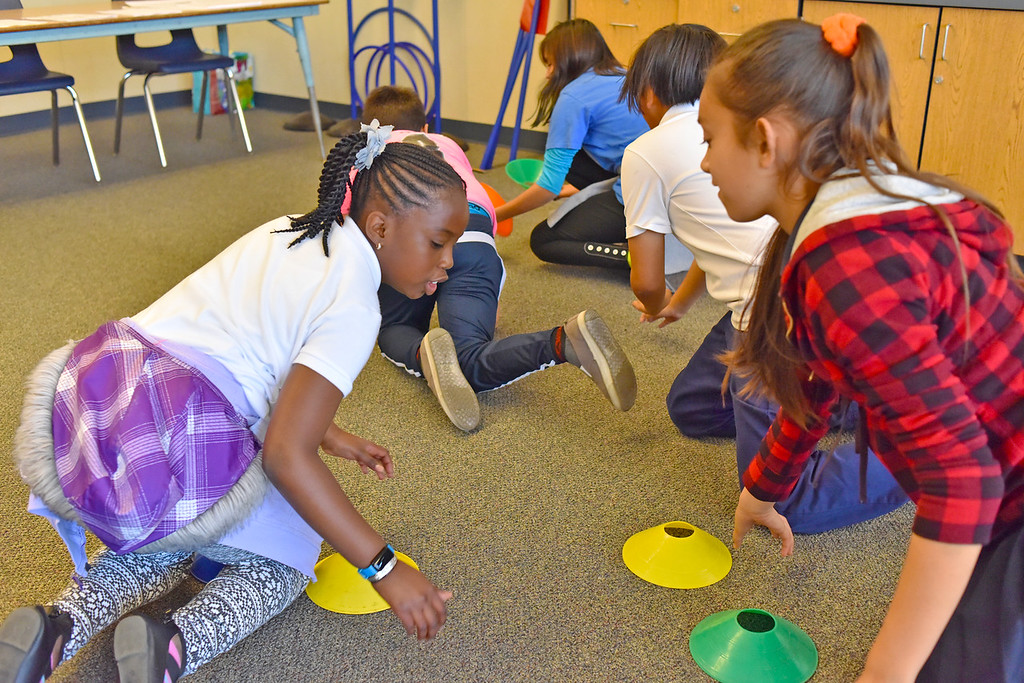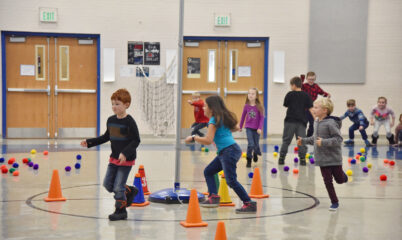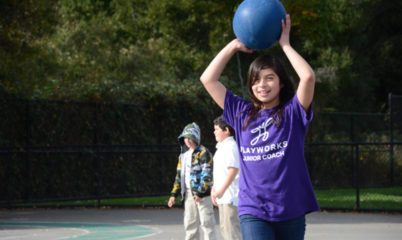By providing more opportunities for students to play in and out of the classroom, we not only gain student interest, we develop the whole child. The benefits of play are seemingly endless. Share these academic, social, emotional, and physical benefits of play with your school community.
Academic Benefits
Many games, such as Steal the Bacon which requires students to wait for their number to be called, are easy to adapt to include academic topics. Leaders can call out a math problem which students must solve in their head to know if it’s their turn. But there are hidden academic benefits as well. In Steal the Bacon, students develop concentration as they listen closely and wait their turn; this improves students’ attention regulation.
Social Benefits
Jump rope games are great for encouraging sharing and turn-taking. In addition, players must learn cooperation to turn the rope together, practice conflict resolution when issues arise, and develop their communication skills. Students take these skills back to the classroom as they work together.
Emotional Benefits
Play is fun! It may not always seem like a priority, but having fun at school matters. When one Colorado elementary school introduced more games and activities at recess, first-grader Sean’s self-confidence grew. He went from standing by the teacher’s side to getting into the game. Play helped Sean become a happier, healthier kid. As we know, happy kids are more open to learning.
Physical Benefits
Games like Triangle Tag are incredibly active and fun and can be exhausting. Every student gets to play and run or shuffle—developing necessary gross motor skills and building key muscles which help students become better learners and players.
What other benefits of play do you see in your school and community?



